News
Basil seed
Italian Large Leaf Basil, also known as Ocimum basilicum 'Italian Large Leaf', is a popular and highly prized herb in the basil family. The following is a detailed introduction to it:
Plant Appearance: It is an annual herbaceous plant with a relatively compact growth habit, usually growing to a height of 18 to 24 inches and a width of 12 to 15 inches. The stems are green, upright, and branched, and the whole plant is covered with fine hairs, giving it a soft texture.
Leaf Features: As the name suggests, it has large, glossy, dark green leaves that can grow up to 4 inches in length. The leaves are oval-shaped with a pointed tip and a smooth margin, and are arranged oppositely on the stem. They have a rich green color and a shiny surface, which makes them very attractive.
Flower Characteristics: In the summer, it produces small white or light purple flowers that grow in clusters at the top of the stem. The flowers are tubular and have a delicate fragrance, which can attract bees and other pollinators.

Climate and Environment: It is a heat-loving plant that thrives in warm and sunny environments. It is not cold-resistant and is very sensitive to frost, and the suitable growth temperature is between 70°F and 85°F. It can be grown both indoors and outdoors, but it needs at least 6 hours of full sun exposure every day.
Soil Conditions: It prefers well-drained, fertile, and slightly acidic soil. Before planting, it is recommended to add some organic matter, such as compost or manure, to improve the soil structure and fertility, which is beneficial to the growth and development of the roots.
Pesto Sauce: It is the first choice for making pesto sauce. The large and tender leaves can be easily mashed into a paste with garlic, pine nuts, Parmesan cheese, and olive oil, creating a delicious and fragrant pesto sauce that is perfect for pairing with pasta, pizza, sandwiches, and other dishes.
Seasoning in Cooking: It can be used fresh or dried to add flavor to a variety of dishes. It is often added to tomato-based dishes, such as spaghetti with tomato sauce and caprese salad, to enhance the flavor. It can also be used to season soups, stews, casseroles, and grilled meats, giving the dishes a unique and pleasant aroma.
Herbal Tea: The leaves can be dried and made into herbal tea, which has a refreshing and soothing taste and is believed to have some health benefits, such as aiding digestion and relieving stress.
Digestive Health: It has been traditionally used to aid digestion and relieve stomach problems such as indigestion, bloating, and nausea. The essential oils and other compounds in the leaves can stimulate the secretion of digestive juices and improve the function of the digestive system.
Anti-inflammatory and Antioxidant Effects: It contains various antioxidants and anti-inflammatory compounds, which can help reduce inflammation in the body and prevent oxidative damage caused by free radicals. This may have a positive impact on preventing chronic diseases and maintaining overall health.
Stress Relief: The aroma of Italian Large Leaf Basil has a calming and soothing effect on the nervous system, which can help relieve stress, anxiety, and insomnia. In aromatherapy, basil essential oil is often used to create a relaxing atmosphere and promote mental well-being.
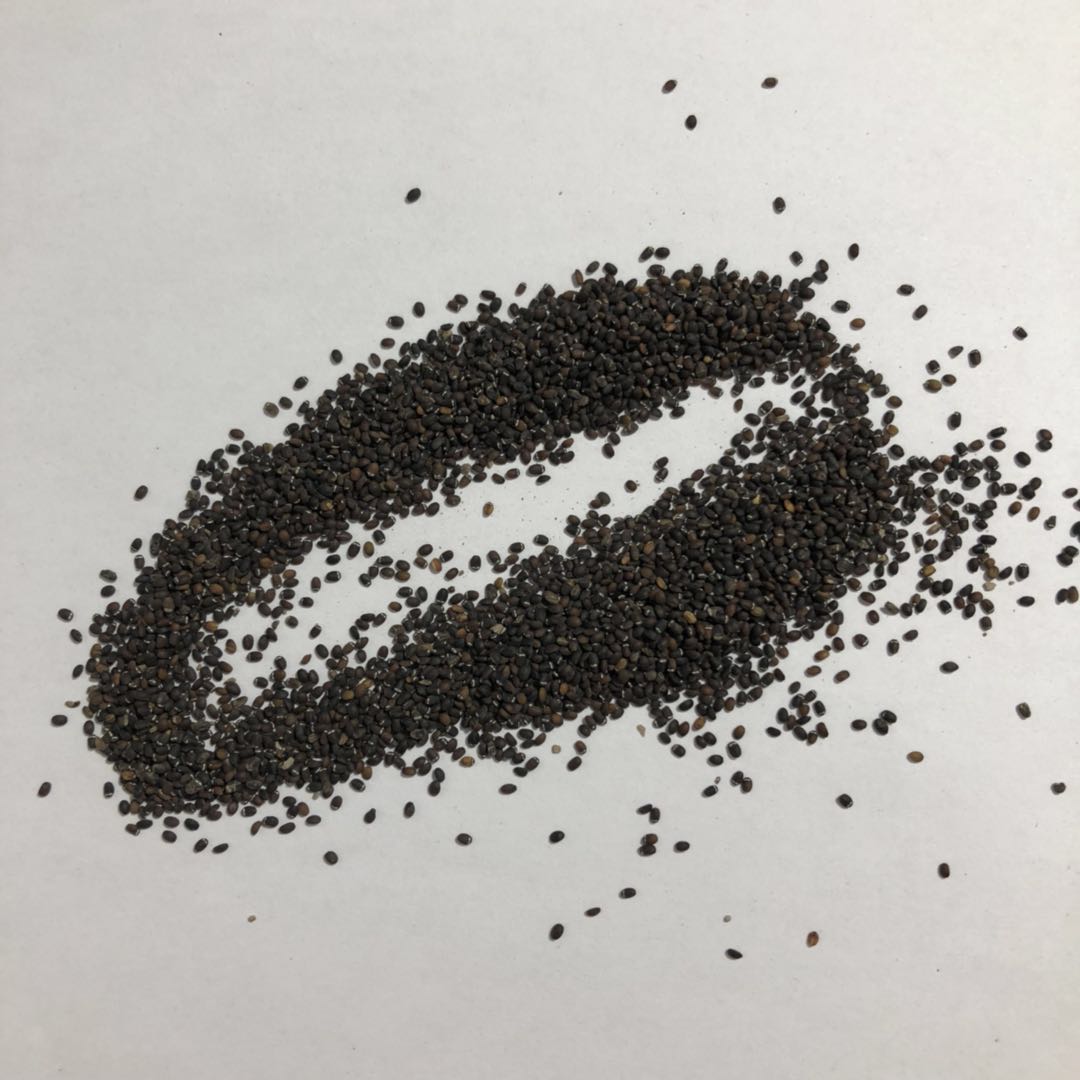
Sowing and Transplanting: It can be directly sown in the garden in spring when the soil temperature reaches about 70°F, or started indoors 6 to 8 weeks before the last frost date and then transplanted outdoors. The seeds should be sown at a depth of about ¼ inch and kept moist until germination, which usually takes 6 to 9 days.
Watering and Fertilizing: It requires regular watering to keep the soil evenly moist, but not waterlogged, as excessive moisture can lead to root rot. During the growing season, it can be fertilized once a month with a balanced fertilizer to promote lush growth.
Pruning and Harvesting: Pinching off the flower buds can encourage the plant to produce more leaves and maintain a bushy growth habit. The leaves can be harvested as needed throughout the growing season, starting from when the plant has developed 6 to 8 leaves. It is best to harvest in the morning when the leaves have the highest oil content and flavor.
If you have demands of these seeds, please contact us freely.


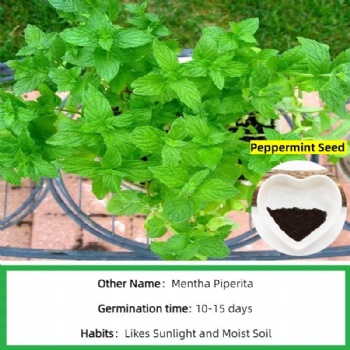
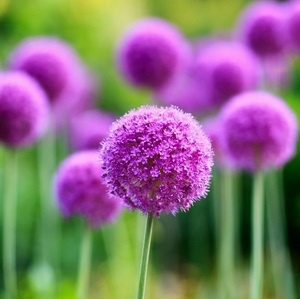
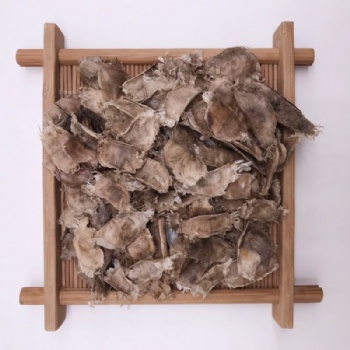
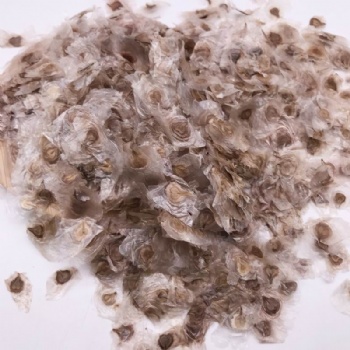
 售前客服
售前客服
